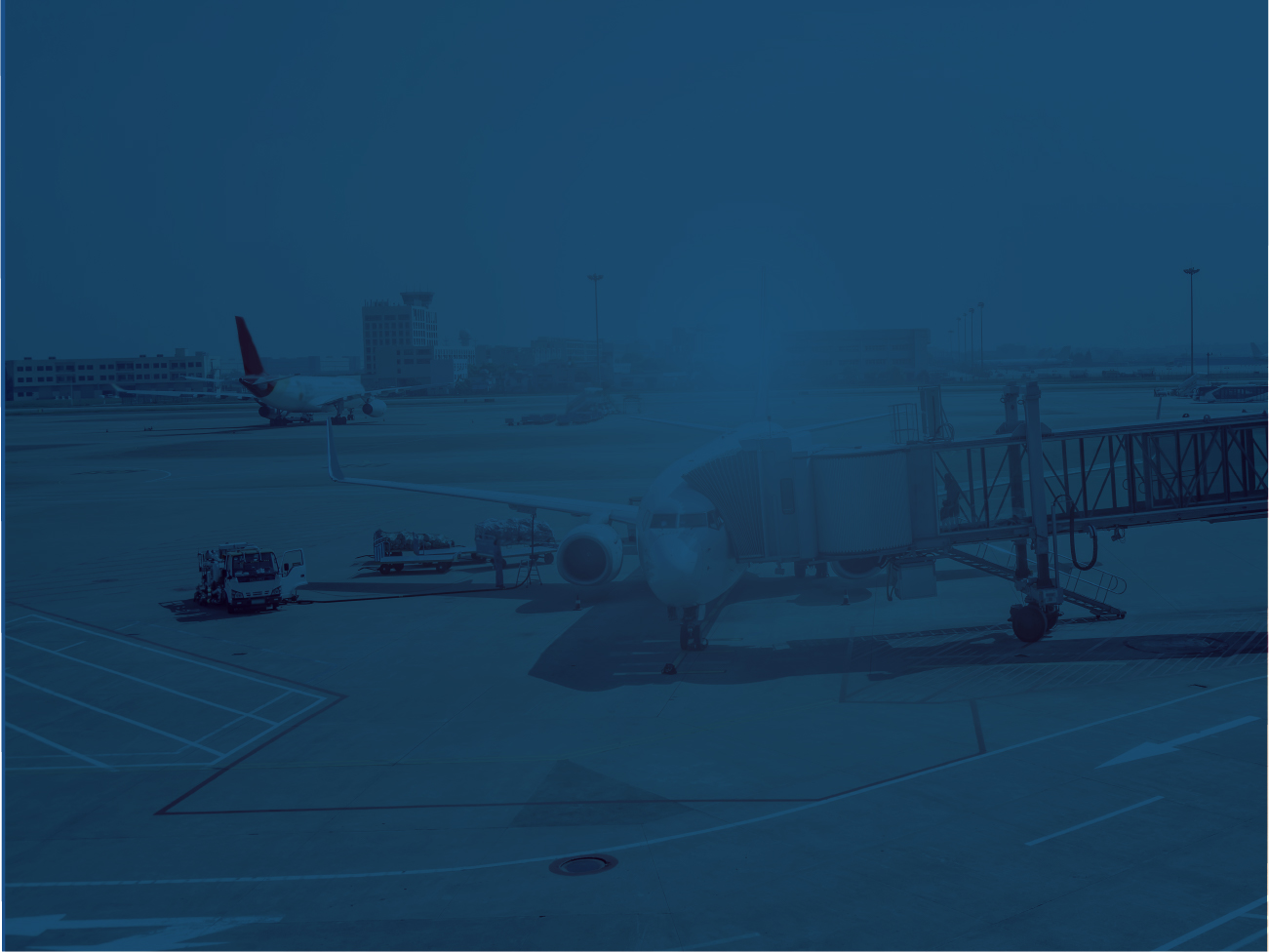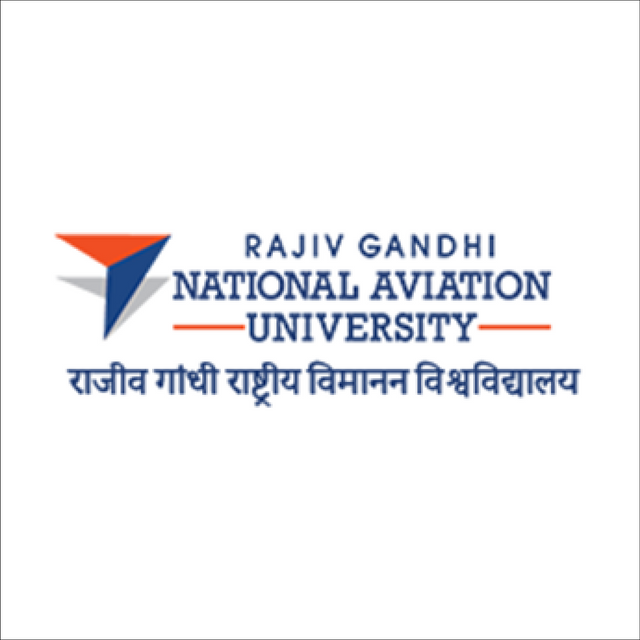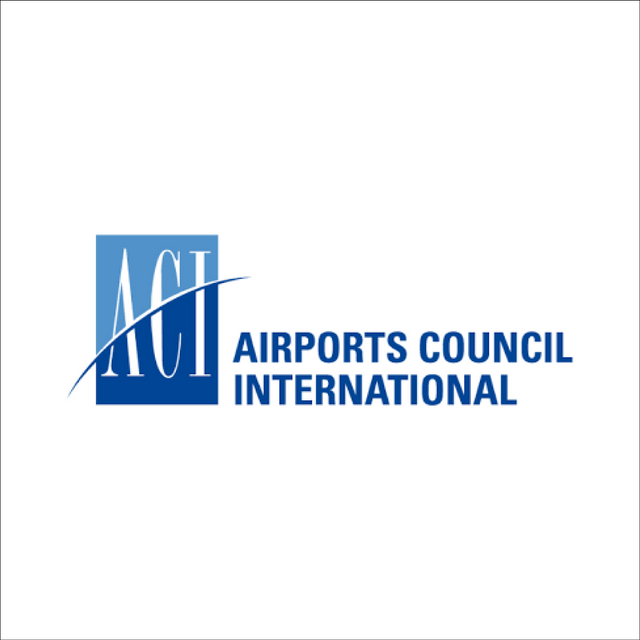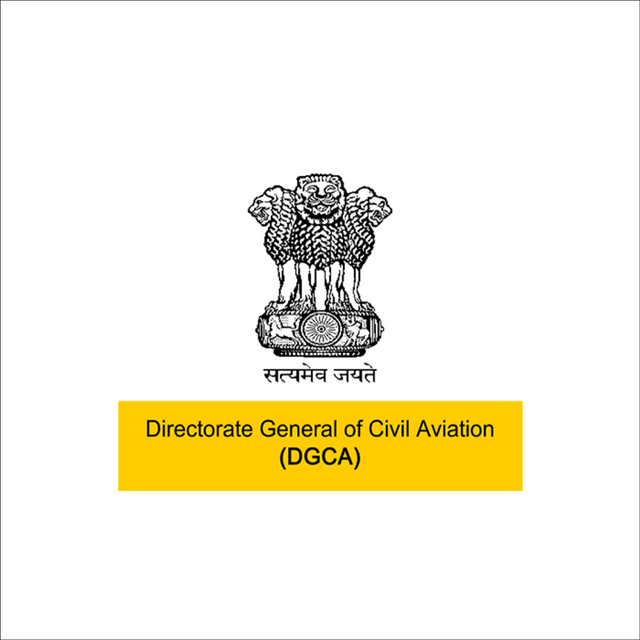We groom professionals who are not only experts in their fields but have solutions-oriented attitude & aptitude. This is why we are leaders in the Aviation-based Courses in the country!
GMR AA imparts quality education through highly skilled faculty members possessing experience in Airports, Airlines, Air Traffic Control, Cargo, Safety and Security, Corporate Aviation, etc. The high-quality programmes conducted by the academy and its highly skilled faculty members and subject matter experts in their respective disciplines are unique as they are reinforced with On-the-Job Training (OJT) at the world's best-rated, state-of-the-art airports at Delhi or Hyderabad. We facilitate placement assistance and most of our alumni are now placed with major Airports (India and abroad), Airlines, Aviation Management Companies, Hospitality Companies, etc.
Know More

Hyderabad, INDIA
GMR Aero Academy,Sunny Charan Singh Sandalya
Marketing Manager
New Delhi, India
GMR Aero Academy,Vipra Srivastava
Business Development
Kochi, India
GMR AERO ACADEMY,Karthik V
Manager - Operations
RAEBARELI, India
Rajiv Gandhi National Aviation University,Ajay Kumar Sharma
ARFF Trainings














GMR Varalakshmi Foundation (GMRVF) is the Corporate Social Responsibility arm of the GMR Group. Its mandate is to develop social infrastructure and enhance the quality of life of communities around the locations of the Group’s presence, focusing broadly on education, health, hygiene, sanitation, empowerment, livelihood and community development. Today, the Foundation’s activities and initiatives are spread across the country.
Students should not pay the course fee (in part or full) in any form (Like DD, Cheque, Cash, NEFT/RTGS Bank Transfer) to any External Company / Enterprise / Agent / Marketing Consultant / Marketing Agency under any circumstances. GMR Aero Academy shall not acknowledge such payment as the Course Fee payable by the student. Report such incident to gmraa.contact@gmrgroup.in